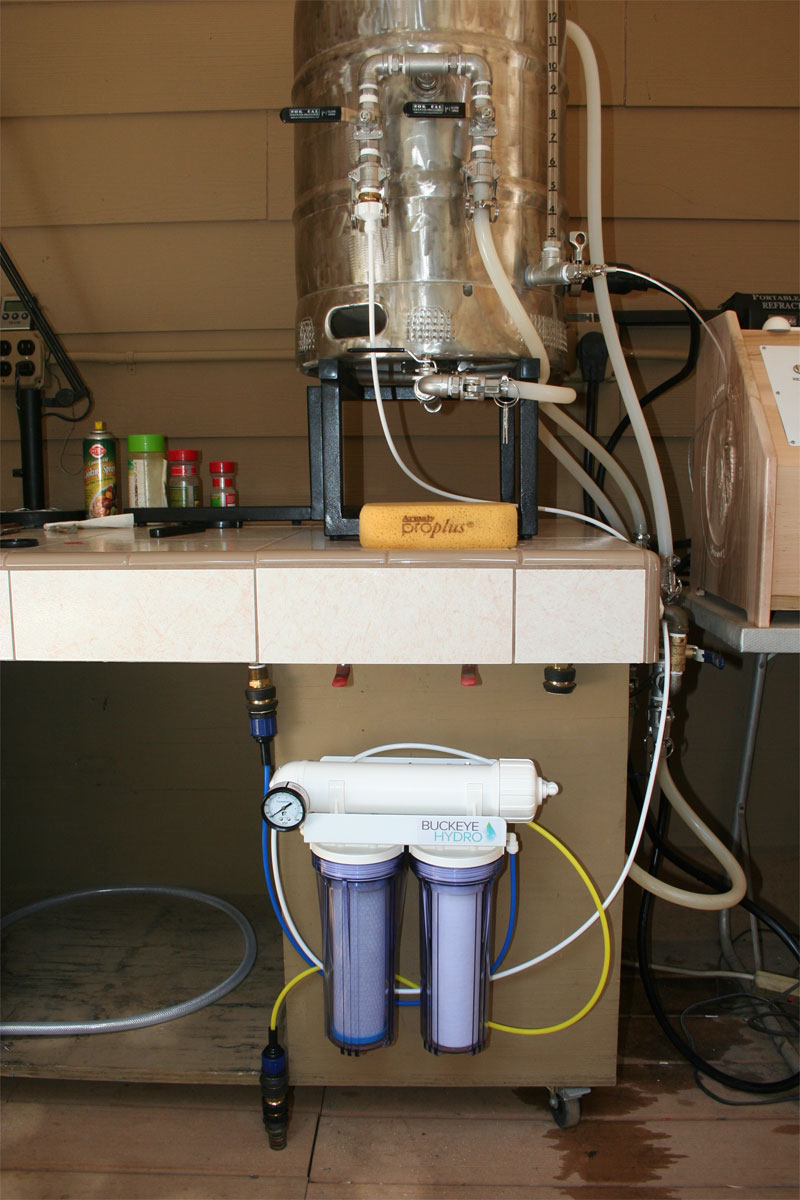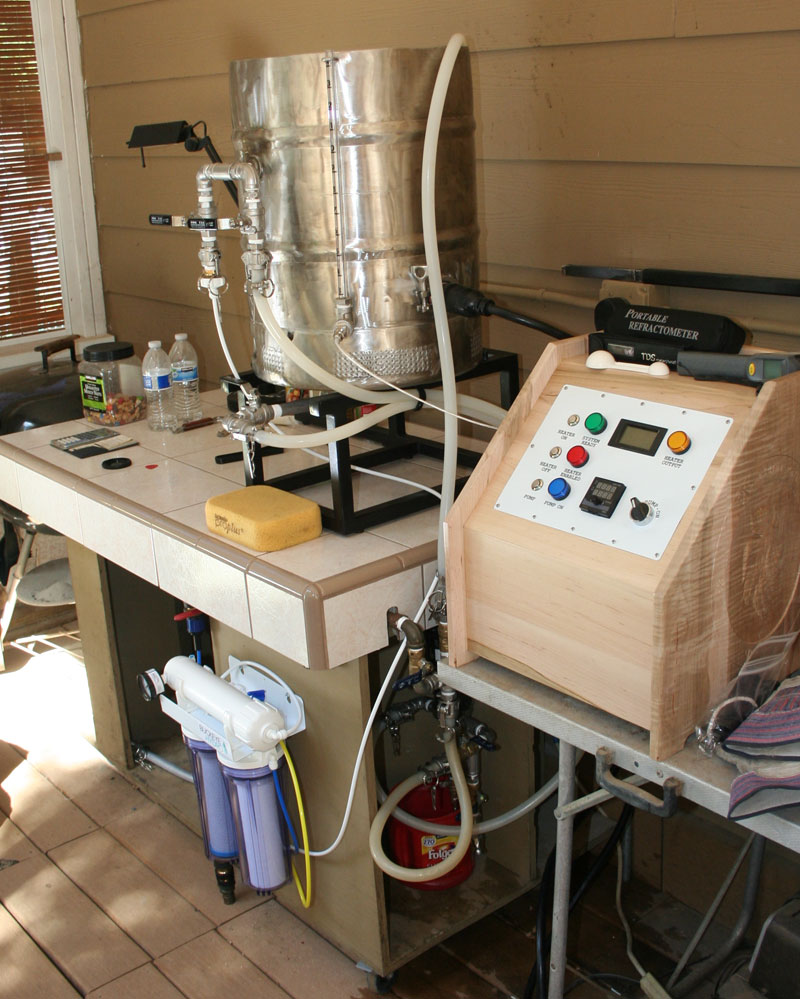r8rphan
Well-Known Member
So, rather than buy and deal with a bunch of RO or Distilled water, or spending money on a water report for my well, which will likely change once the drought here ceases and the aquifers refill (well is very low right now), I'm thinking I might as well build an RO filter and start with a baseline pure water, building up from there....
So, I've been reading a 'little' about how they work and what the components are, and have some questions...
It seems like all the DIY kits, or DIY version I see, are just using standard 10" water filter units that accept 2.5" x 10" standard sized filters...
In reading about the RO filter membrane itself, it describes 'waste water' (or brine).. The thing is, I don't understand where this water goes, as all these standard filter housings only have an in an an out, but the way I am reading things, the RO membrane has an in and (2) outs.. One for the filtered water, and one for the waste water...
How does this work with the standard filter housing (which only has an in and an out)? Or am I misunderstanding something?
Also, I have found a couple of RO membrane filters on ebay for a reasonable price (>$15, free shipping), but they come from China, and take a month for delivery... Are there any US sources, that are priced anywhere near that that don't take so long to have delivered?
I have a bunch of sediment filters that I bought for use with a beer filter, so I have those and the housing to get started with...
So basically, I need two more housings, an RO membrane, a carbon filter, maybe a couple of pressure gauges, some 1/4" fittings, and answers on how the waste water part is plumbed...
Can anyone recommend what carbon filter and membrane I should get (TFC type appears to be what I should be looking for), and good, reasonably priced on line sources for them?
I suspect my water is low PH, because I get blue coloring in my bathtub where the water comes out of the fill spout, and everything I can find on the internet suggests that means I have low PH...
Also, should I buy a TDS meter and a PH meter? Suggestions for low priced versions that are good enough for use in mashing beer?
Thanks!

So, I've been reading a 'little' about how they work and what the components are, and have some questions...
It seems like all the DIY kits, or DIY version I see, are just using standard 10" water filter units that accept 2.5" x 10" standard sized filters...
In reading about the RO filter membrane itself, it describes 'waste water' (or brine).. The thing is, I don't understand where this water goes, as all these standard filter housings only have an in an an out, but the way I am reading things, the RO membrane has an in and (2) outs.. One for the filtered water, and one for the waste water...
How does this work with the standard filter housing (which only has an in and an out)? Or am I misunderstanding something?
Also, I have found a couple of RO membrane filters on ebay for a reasonable price (>$15, free shipping), but they come from China, and take a month for delivery... Are there any US sources, that are priced anywhere near that that don't take so long to have delivered?
I have a bunch of sediment filters that I bought for use with a beer filter, so I have those and the housing to get started with...
So basically, I need two more housings, an RO membrane, a carbon filter, maybe a couple of pressure gauges, some 1/4" fittings, and answers on how the waste water part is plumbed...
Can anyone recommend what carbon filter and membrane I should get (TFC type appears to be what I should be looking for), and good, reasonably priced on line sources for them?
I suspect my water is low PH, because I get blue coloring in my bathtub where the water comes out of the fill spout, and everything I can find on the internet suggests that means I have low PH...
Also, should I buy a TDS meter and a PH meter? Suggestions for low priced versions that are good enough for use in mashing beer?
Thanks!




 :beard:
:beard:



